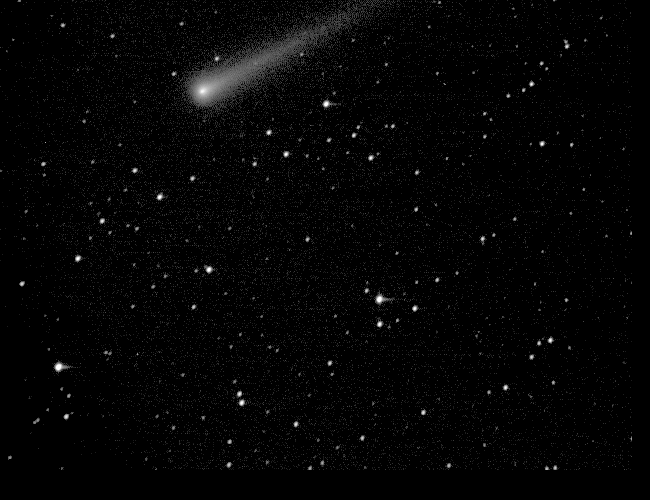Comet ISON Continues To Impress Ahead Of Its Dangerous Date With The Sun [PHOTOS]
Comet ISON has dropped from being the “comet of the century” to a potential disappointment following some unusual observations. With ISON’s date with the sun fast approaching, the comet may just live up to the hype and new photos from the European Southern Observatory, ESO, and Harvard-Smithsonian Center for Astrophysics, CfA, reveal a dazzling object.

ESO was able to observe Comet C/2012 S1, better known as ISON, using the TRAnsiting Planets and PlanetesImals Small Telescope, TRAPPIST, at La Silla Observatory, located in Chile, and took these photos Friday. It appears as though the comet is making up for lost time as two outbursts, caused by the heat of the sun burning up surface material, dramatically increased the amount of gas emitted by the comet, notes ESO. CfA captured ISON on Nov. 9 using the MicroObservatory robotic telescope system.

ISON was supposed to brighten over the summer, an expected “kick start” as the comet’s surface material would be burned up, but that never happened. With ISON remaining at the same brightness for most of the year, coupled with the possibility of breaking up due to its perilously close trip around the sun, many experts began doubting the sun-grazing comet’s chances of wowing viewers around the world beginning on Nov. 28. The recent outbursts helped the comet become visible with a pair of binoculars.
ISON will reach the sun on Nov. 28, passing as close as 1.2 million kilometers, around 745,645 miles, from the surface of the sun. The trip could cause the comet to disintegrate, but even in death, ISON could be a spectacular sight and will provide a wealth of information for scientists, notes the Telegraph.
The recent photographs show ISON’s nucleus remains intact and, as ESO notes, the comet has finally brightened. Expect to hear plenty more about the comet it races toward the sun.
© Copyright IBTimes 2024. All rights reserved.












